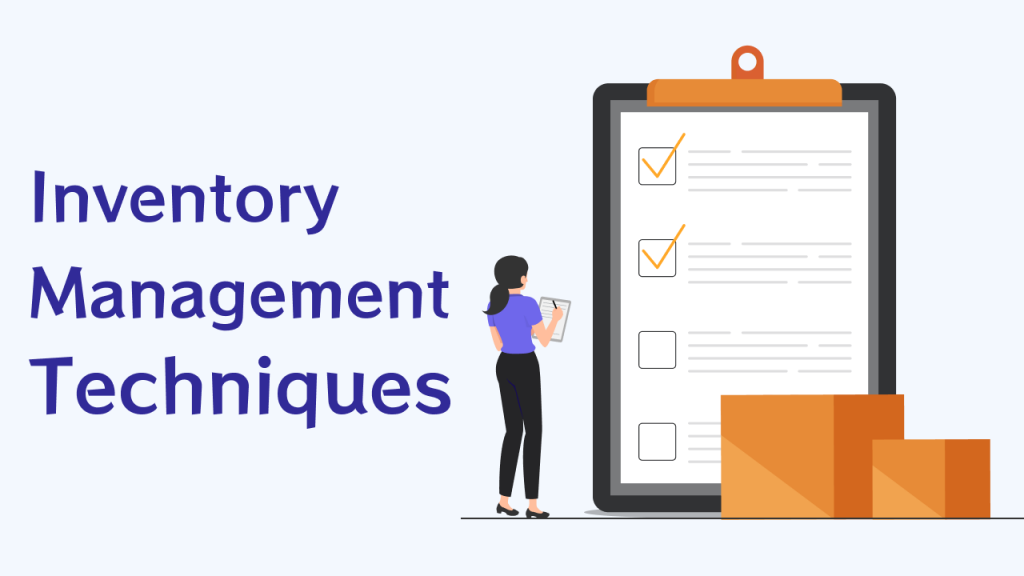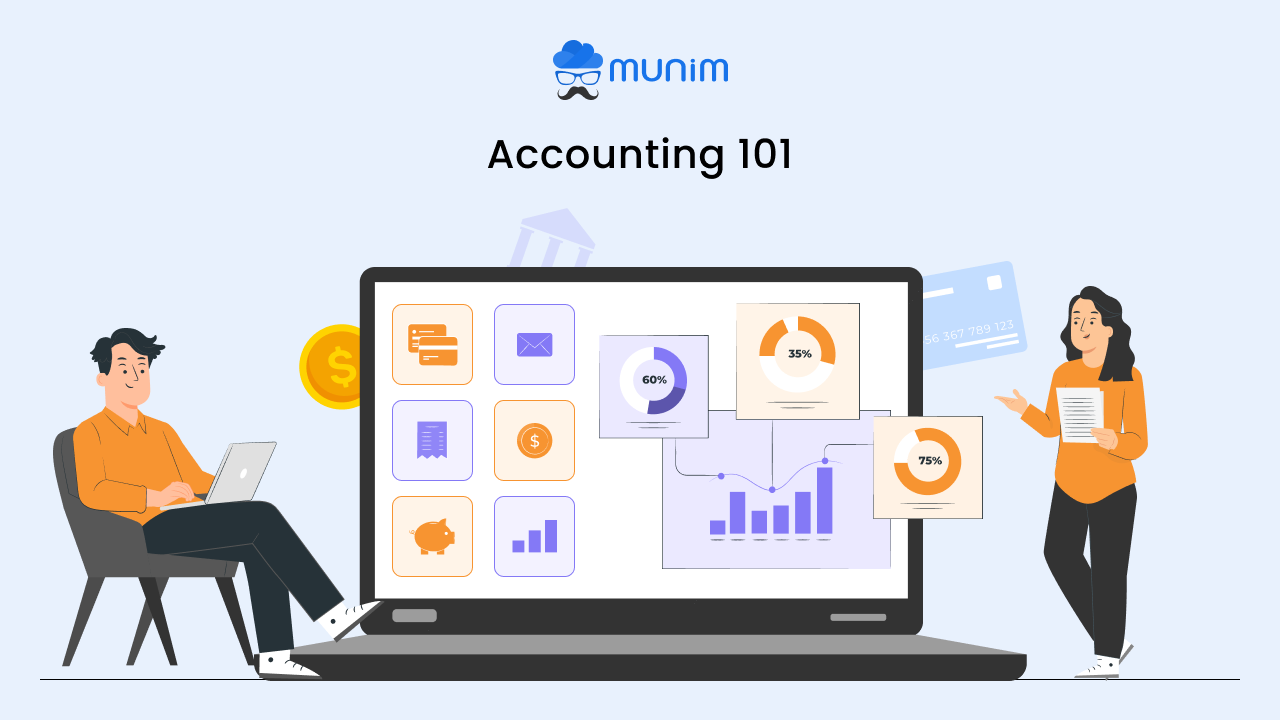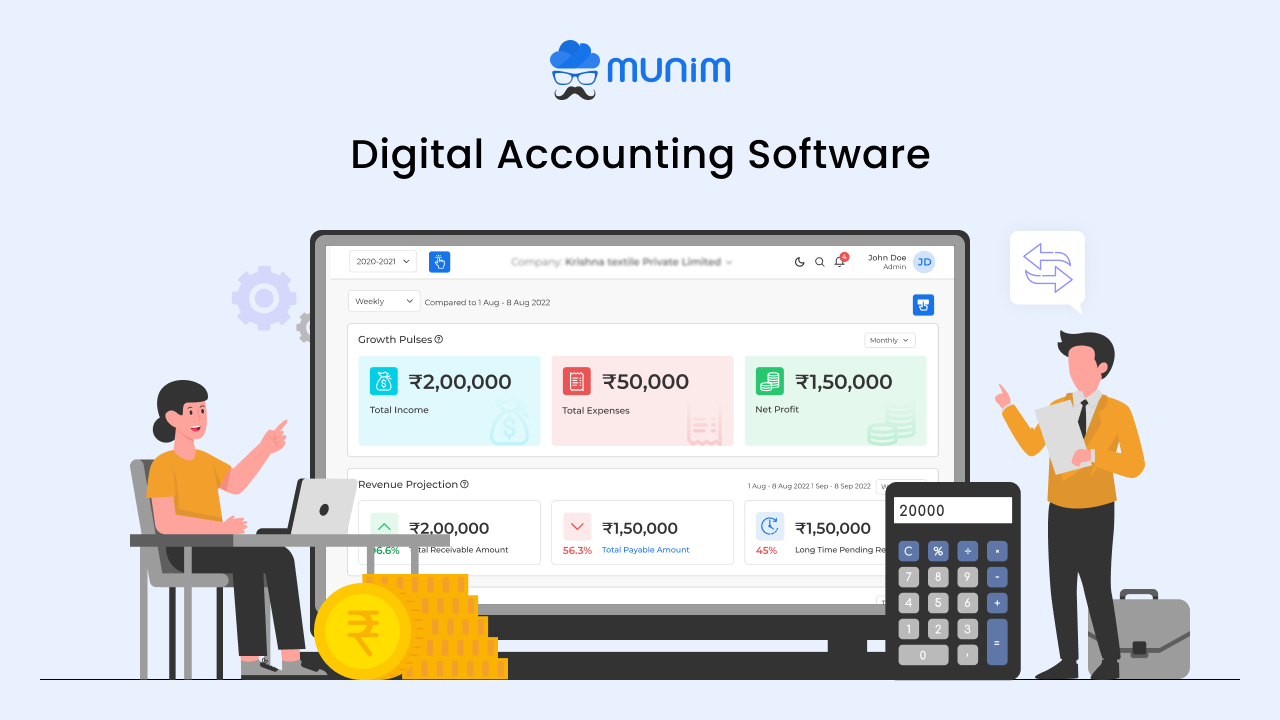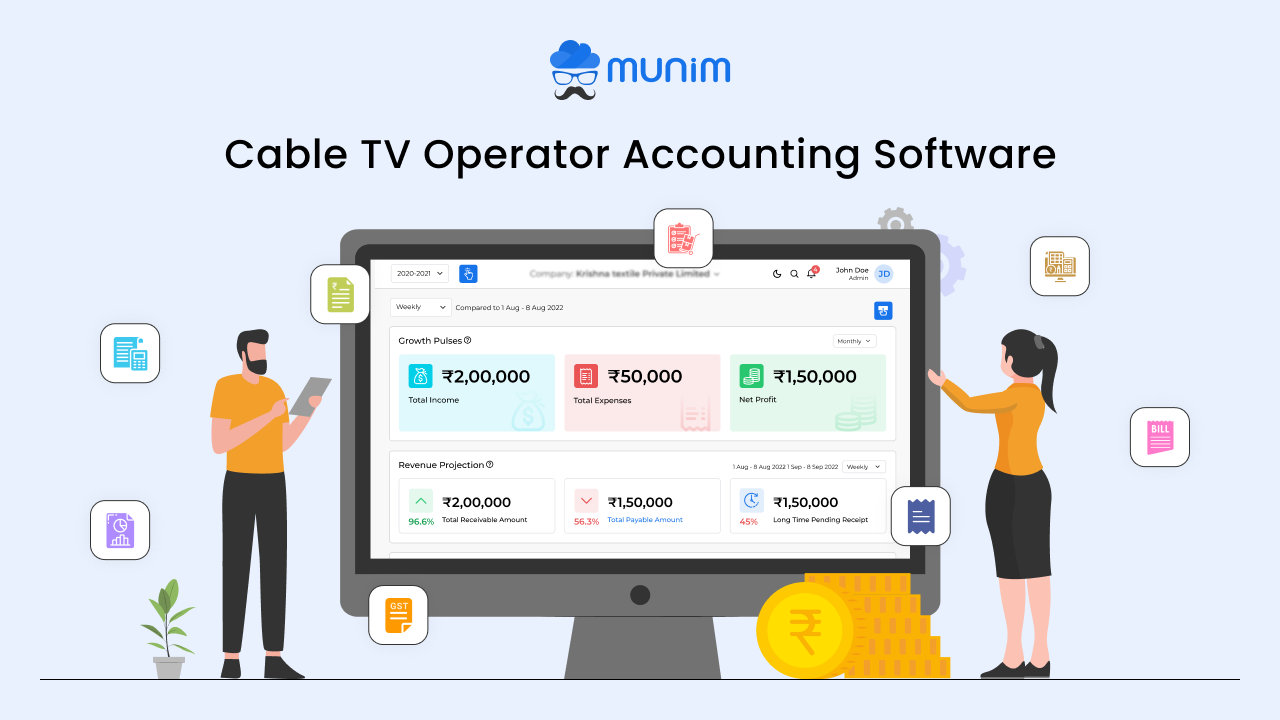A Guide to Managing Inventory Efficiently

Managing inventory is a crucial part of a business, especially when the scale of operation is large. It determines how effectively you are utilizing resources and influencing the profitability of your business. In this blog, we are going to discuss techniques to manage inventory, particularly for SMEs. Before coming to that, let’s understand the basics.
What Is Inventory Management?
Inventory management is an important module of supply chain management. Under this process, the number of stocks, their movement, and consumption are tracked for optimal utilization. It aids businesses to minimize overhead costs and boosts profitability.
In its absence, there is always a risk of stock-out, mis-shipments, and spoilage (in the case of perishable goods) which leads to a loss in business. To streamline inventory management, entrepreneurs can employ Munim – India’s best inventory management software.
Types Of Inventories
Following is the overview of the basic types of inventory a business manages:
- Finished products: This is processed inventory that is ready to hit the market.
- Raw material: This is unprocessed inventory that is received from suppliers.
- Work-in-progress goods: These are semi-finished goods that are further to be processed before hitting the market.
- MRO goods: MRO is an abbreviation for Maintenance, Repair, and Operating. This inventory supports the manufacturing process when a machine requires maintenance.
- Safety stock: This inventory is pilled to deal with contingency when there is a shortage of supply or demand surges.
Stages Of Inventory Management

Following are the five important stages in the inventory management process:
- Procurement: In this stage, an order is placed and processed further to receive goods on time so that the manufacturing process does not get delayed.
- Production: It is the process of converting raw materials into finished goods. During this stage, semi-processed goods are stored as inventory which is known as Work-in progress goods. This stage of inventory management is not applicable to traders, wholesalers, and retailers.
- Holding stocks: Raw materials are sometimes stored before it is processed similarly, finished goods are also stored before they reach the market.
- Sales: Selling your stocks to wholesalers/agencies or directly to customers against the payment.
- Reporting: Inputs and outputs are measured against essential KPIs and a plan is drafted for the next month/quarter/year by taking demand into consideration.
Highly Practiced Inventory Management Techniques

Following are the widely used inventory management methods that you can adopt in your business:
Just-In-Time
Just-in-time is an inventory management technique that was developed by Toyota in Japan. The technique aims to reduce the quantity of inventory so as to reduce the cost of storage, shipping, insurance, maintenance, and other miscellaneous costs.
In this technique, an order is placed when the stocks in the stack are about to replenish. This technique poses some risk because a slight delay in the delivery of stocks can lead to a delay in manufacturing.
If you are looking forward to adopting this inventory management method then you should be having a detailed plan otherwise you will incur opportunity loss. We recommend you use inventory management software to draft a detailed inventory plan so that no opportunity can slip from your hands.
Benefits Of Just-in-time
- Less investment
- Lower inventory waste
- Local sourcing
- Lower storage costs
ABC Analysis
Under ABC analysis, all the inventories are sorted into three different categories. The stock is categorized considering its value i.e the most valuable inventory falls under the ‘A’ category and the least valuable is the ‘C’ category.
This inventory management method allows a company to operate with low capital investment since it tracks inventories that are consumed seldom thus, enabling you to mitigate dead inventory and improve the inventory turnover ratio.
The formula for ABC Analysis calculation:
(Annual number of items sold) x (Cost per item) = (Annual usage value per product)
Benefits Of ABC Analysis
- The better stock turnover rate
- Lesser storage cost
- Efficient resource allocation
- Better control over high-cost items
Material Requirement Planning (MRP)
MRP is an inventory management technique where businesses make decisions on inventory after considering sales forecasts. Under this technique, data from different departments of a business is taken and studied along with demand in the market. Only after taking into account all the data, the order is placed.
Benefits Of MRP
- Effective resource utilization
- Better production planning
- Aids in work scheduling
Economic Order Quantity
This technique is based on a simple formula that gives the quantity of inventory to be ordered. The main aim of the EOQ model is to reduce ordering and storage costs. It also takes into account market demand thus, it gives you optimal order quantity.
Formula,
EOQ = Square root of [(2 x demand x ordering cost) / carrying cost]
Benefits Of EOQ
- Minimize stockouts
- Reduce storage costs
- Optimal utilization of resources
Safety Stock Inventory
This technique aims to maintain small quantities of inventories in order to safeguard against volatile market conditions and the difference in lead time.
- This inventory management technique helps businesses in the following ways:
- Prevents stock-outs
- Protection against unpredictable market conditions
- Achieves optimal use of storage space
- Better resource management
FIFO & LIFO
First In, First Out (FIFO) as the name suggests that in this inventory management principle stocks which are stored first are processed first. The salient feature of this method is that it is widely used while dealing with perishable goods.
In, Last In, First Out (LIFO) is an inventory management technique where the newest stock is moved first. This method is applicable only where the shelf life of stocks is long.
Increase The Profitability Of Your Business With Munim
After reading this blog you must be thinking that managing inventory is a trickier process but here’s the secret for you: Munim. Munim is a cloud-based inventory management software that caters to all businesses irrespective of their size. If you want to increase the profitability of your business then start using Munim for free. Avail free trial of 14 days.
FAQs
How many types of inventories are there?
There are four types of inventories. Following is the list of the same:
- Finished products
- Raw material
- Work-in-progress goods
- MRO goods
- Safety stock
What is the purpose of inventory management?
The sole purpose of inventory management is to have enough (neither too less nor excess) goods/materials to meet market demand.
What do you mean by cycle count in inventory management?
Cycle count in inventory management is a method of checking inventory to tally with company records.




